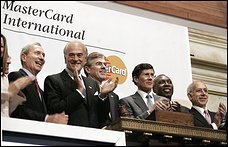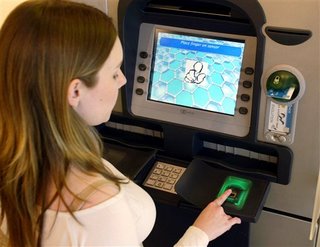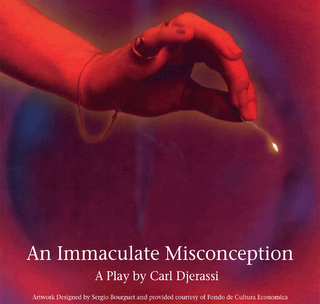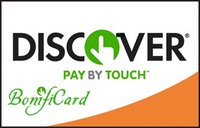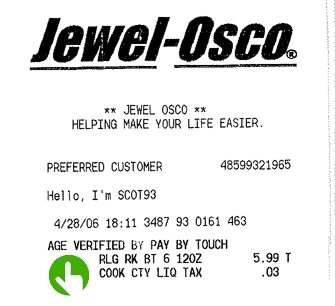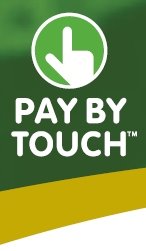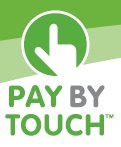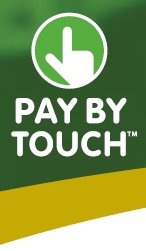 DALLAS -- Retalix, a global provider of enterprise-wide software solutions for food retailers and distributors, has joined IBM's ISV Advantage Initiative, a program designed to provide independent software vendors (ISVs) with technical and marketing support to help meet the specific information technology needs of small and medium business companies.
DALLAS -- Retalix, a global provider of enterprise-wide software solutions for food retailers and distributors, has joined IBM's ISV Advantage Initiative, a program designed to provide independent software vendors (ISVs) with technical and marketing support to help meet the specific information technology needs of small and medium business companies.PBT was selected for the prestigious IBM Beacon Award in the IBM Global Services Teaming Award category for Independent Software Vendors. more
Pay By Touch partnered with Retalix in September of 2005. Retalix and Pay By Touch to Deliver Seamless Biometric Payment Integration For Grocery Retailers
Retalix solutions are installed in supermarkets, convenience stores, fuel stations, and quick-service restaurants, as well as in distribution organizations serving the foodservice, grocery, convenience, and fast-moving consumer goods industries.
Enabling the Retalix InSync and Retalix Power Enterprise software portfolios on IBM's Websphere and DB2 platforms will help Retalix expand into the SMB market more quickly and effectively. The IBM Websphere and DB2 families include products that are designed and priced specifically for small and medium businesses -- easy to install and manage, scalable to grow with a business, rich in functionality, and based on open standards to allow integration with existing software and hardware platforms.
"The simplicity and scalability of IBM's middleware software suite complement our solutions and suit our customers' needs," said Victor Hamilton, president and CEO of Retalix USA Inc. "Customers will benefit from all of the upfront enablement that we have done to streamline the deployment of our software on IBM middleware products."
"Medium-sized retail and distribution providers are increasingly looking for solutions that can improve operations and reduce costs," said Buell Duncan, general manager, ISV and developer relations at IBM. "Retalix's industry-leading applications coupled with IBM's open and integrated middleware platforms provide a total solution for institutions who want to increase efficiencies and better utilize existing IT operations to help retailers manage essential supply chain operations more effectively."
Retalix will also work closely with IBM to expand its visibility in target vertical industries through various co-marketing and sales activities.
For a complete list of PBT Strategic Partners, click here.



